Marukyu Koyamaen is a prestigious tea house in Kyoto, boasting a history of over 300 years. Recognized as the leading matcha brand among Japan's top three, it upholds a quality-first philosophy, ensuring excellence throughout the cultivation and production processes. With numerous awards and a stellar reputation, Marukyu Koyamaen is widely appreciated by tea enthusiasts worldwide.
The brand is renowned for its extensive range of matcha grades and exceptional quality. These grades are classified based on harvesting methods, grinding techniques, and flavor profiles, making them suitable for different purposes such as tea ceremonies, baking, or daily consumption. The key factors in determining matcha quality include sweetness, bitterness, color, and aroma. Higher-grade matcha undergoes a more complex cultivation and processing journey, resulting in a smoother, richer, and more refined taste. Lower-grade matcha, on the other hand, has a fresher, slightly bitter flavor, making it more approachable for casual consumption.
Three Categories of Marukyu Koyamaen Matcha
Marukyu Koyamaen categorizes its matcha into three series: Traditional Tea Ceremony Matcha, Standard Tea Ceremony Matcha, and Food-Grade Matcha. the Traditional Tea Ceremony Matcha series, due to its high price and limited supply, is generally only suitable for experienced matcha enthusiasts or professional users. As a result, the article will not provide further details on this product series. Currently, the brand offers a lot of different grades, with professional evaluators assigning names based on an overall assessment of sweetness, bitterness, color, and aroma.
Matcha can be harvested either by hand-picking or machine-picking. The highest-grade tea ceremony matcha is made from hand-picked first flush tea leaves, whereas food-grade matcha is derived from a blend of first and second flush tea leaves harvested by machines. These different blends create various types of matcha suited for distinct applications.
1. Standard Tea Ceremony Matcha
All matcha in the Standard Tea Ceremony Matcha category is suitable for chanoyu (Japanese tea ceremony). The vibrant green color is a key indicator of quality, influenced by traditional "honzu" shading techniques, where rice straw is used to cover tea fields, enhancing chlorophyll content and imparting a unique "shaded aroma."
Matcha is further divided into Koicha (thick tea) and Usucha (thin tea). Koicha requires higher-quality matcha and is primarily enjoyed in tea ceremonies, rarely used in baking. Koicha is prepared using 4g of matcha with 60ml of water, creating a thick, paste-like consistency. Usucha, on the other hand, uses 2g of matcha with 60ml of water, producing a lighter tea with more foam and a brighter green hue than Koicha.
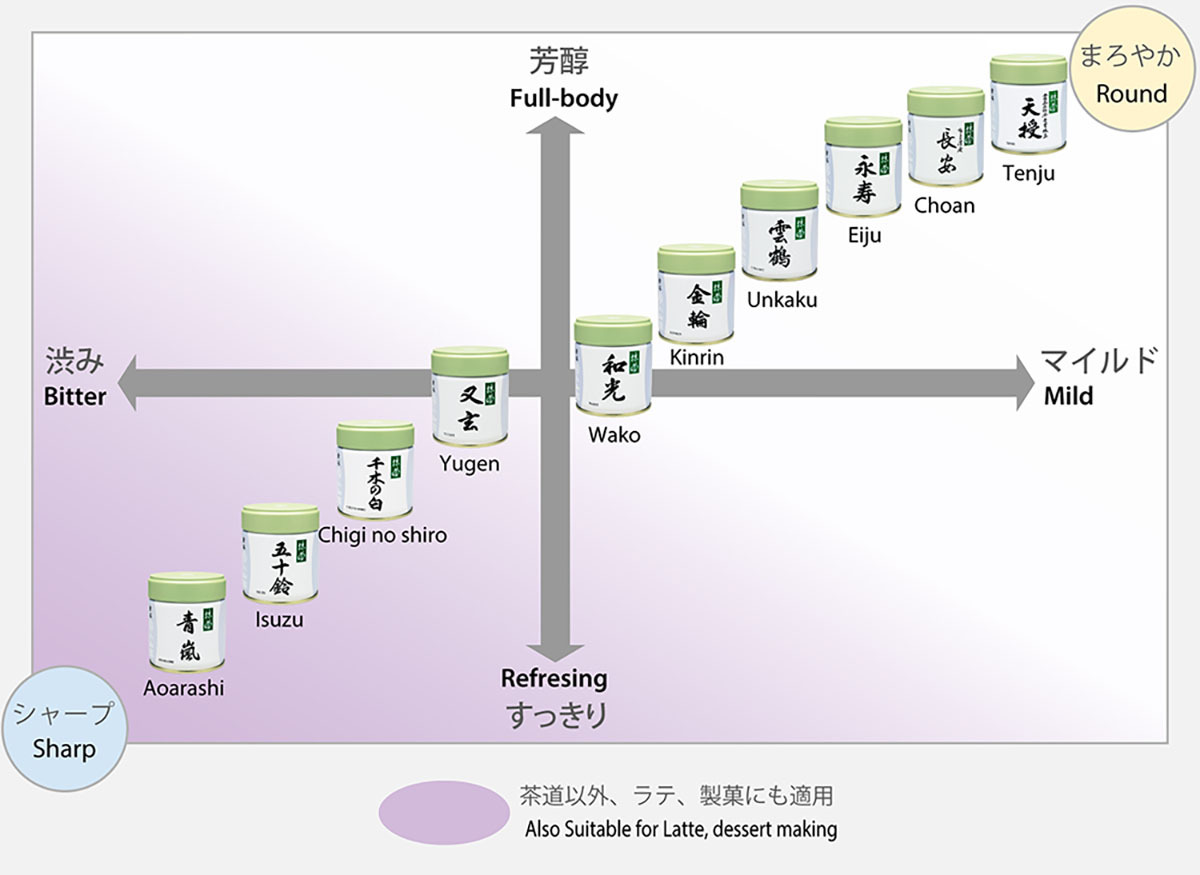
Currently, 11 matcha grades are available in this category, with higher-ranked matcha commanding significantly higher prices.
Koicha Grades:
- Tenju
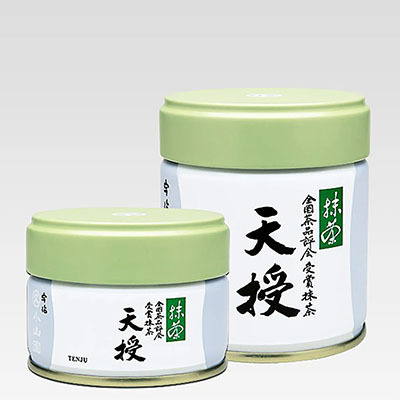
It belongs to the category of koicha and possesses an exceptionally delicate natural sweetness and deep, rich flavor, making it a truly divine delicacy. This handcrafted matcha has been awarded at national tea exhibitions. It features a unique aroma derived from its shade-grown cultivation method and offers an unparalleled smooth and rounded taste. Highly recommended for preparing koicha, allowing one to fully savor its premium qualities. The matcha is intensely fragrant with a rich umami taste, delivering a refreshing yet full-bodied flavor, with a lingering tea aroma and a long-lasting sweet aftertaste.
- Kiwami Choan
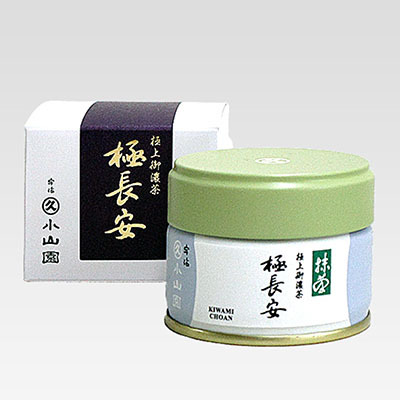
It belongs to the category of koicha. In 2022, this matcha won the Gold Award in the matcha category at "THE LEAFIES 2022", organized by the UK-based UK TEA ACADEMY. The moment it enters your mouth and is swallowed, you can immediately sense its refreshing green characteristics, followed by a lasting sweetness, a smooth and rich flavor that brings a sense of satisfaction, joy, and even happiness.
- Choan

It belongs to the category of koicha and has a unique, elegant aroma. Its vibrant green color and sweet fragrance make it truly exceptional.
- Eiju
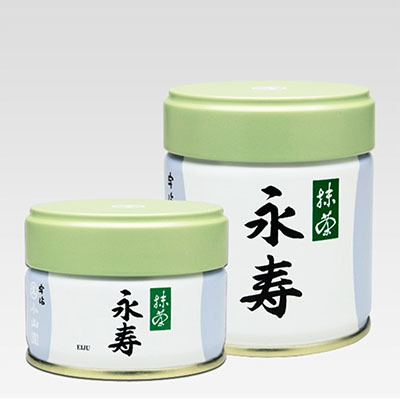
Eiju Matcha is a highly enjoyable koicha with a refreshing aroma and a light yet rich flavor. Brew it a little stronger and savor the experience.
- Unkaku
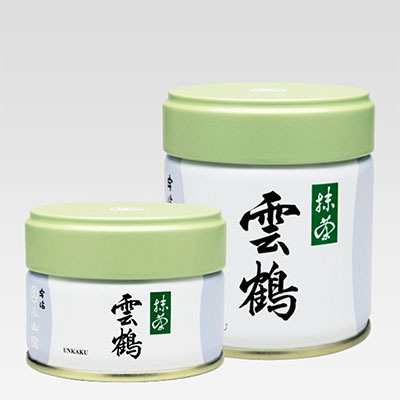
A mid-tier matcha in a series of koicha products, this high-quality matcha is widely popular and recommended for Japanese matcha enthusiasts. Unkaku offers a rich, mellow sweetness with a slightly more intense aroma than Kinrin. Its initial sweetness is followed by a deep, creamy umami flavor—perfect for those who enjoy a bold matcha experience.
- Kinrin
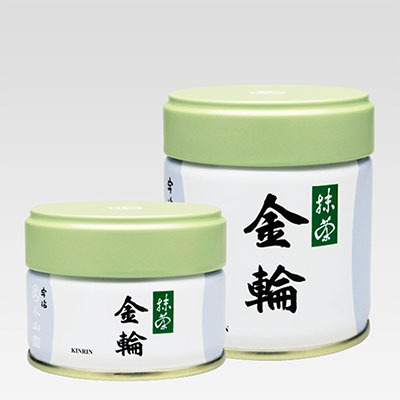
Fresh, mellow, and rich. It can be enjoyed both as a light tea or a strong brew. Its sweetness and bitterness achieve a harmonious balance.
Usucha Grades:
- Wako
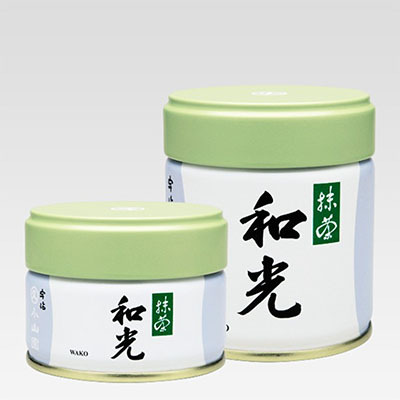
Wako is known for its fresh aroma, refreshing aftertaste, elegant flavor, and smooth drinkability. It is the highest-grade matcha in the Marukyu Koyamaen thin tea series and is often featured in major Japanese tea ceremonies. Recommended by Japanese tea ceremony enthusiasts, it boasts a vibrant green color, a rich tea fragrance, minimal bitterness, and a smooth, mellow taste with a lingering sweetness after drinking. It pairs well with both Japanese and Western desserts.
- Yugen
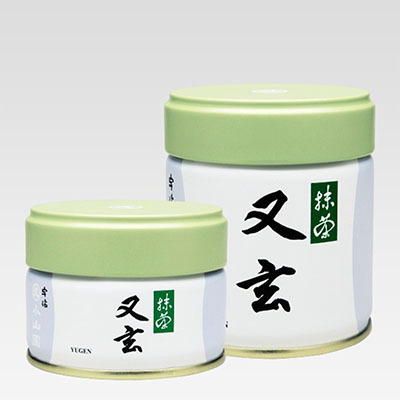
An entry-level tea ceremony matcha with mild bitterness and sweetness.Suitable for drinking and premium low-temperature baking.
- Chigi no Shiro
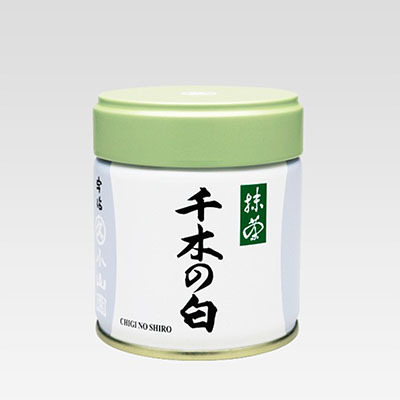
Its characteristic is a refreshing aroma and a balanced flavor that falls between astringency and umami. It is recommended for brewing as a thin tea. With low astringency and high freshness, it has a unique seaweed-like taste that is rich and intense.
- Isuzu
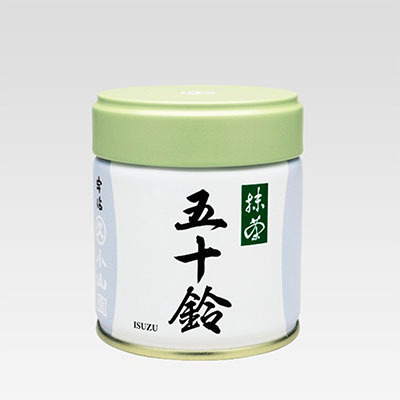
It is a mid-range thin tea from Koyamaen, with a unique and rich flavor. Its color is deep green, making it the most beautiful in appearance. It is sufficient for daily consumption.
Flavor: Low bitterness, with a stronger seaweed taste.
Primarily for drinking, but also suitable for high-end low-temperature baking (cream cheese, ice cream, mousse, etc.).
- Aoarashi

It is the practice matcha used in Japanese tea ceremonies. A common item in tea ceremony courses, it has a sweet aroma and a rich flavor, neither too bitter nor too sweet, with a hint of seaweed. Aoarashi is also the lowest-grade thin tea in Marukyu Koyamaen’s "matcha for tea ceremonies," but it is still noticeably superior to "matcha for culinary use."
Flavor: A rich, sweet taste, sweeter than Wakatake but less bitter than Isuzu.
Primarily for drinking, but also suitable for high-end low-temperature baking (cream cheese, ice cream, mousse, etc.).
2. Food-Grade Matcha
Marukyu Koyamaen offers eight food-grade matcha varieties, which are not intended for direct drinking but rather for baking, confectionery, and beverage applications. These matcha powders are designed to interact with sugar, dairy, and fats to bring out optimal flavors. Lower-grade matcha with stronger bitterness balances well with sweeter recipes, while premium matcha flavors may be overshadowed when mixed with milk.
Food-Grade Matcha Rankings:
- Wakatake
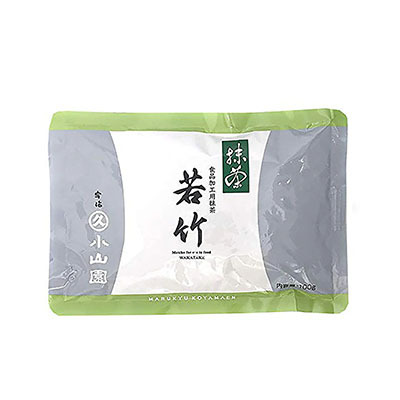
The matcha has a vibrant green color, rich and full-bodied, with a strong umami flavor. Produced in Uji, Kyoto, this matcha's color, taste, and aroma are comparable to that of matcha used for drinking. The umami and bitterness are well balanced, and when used in larger amounts, the original flavor of matcha is prominently expressed. Among the Koyamaen matcha series, this is the best matcha powder for baking desserts, highly praised for its use in high-end ice cream, whipped cream, cake dough, and other premium products. Wakatake is a highly popular and widely used main product.
Flavor: A perfect balance of sweetness and bitterness, with color, aroma, and flavor similar to matcha used in tea ceremonies.
Usage: High-temperature and medium-low temperature baking (Swiss rolls, ice cream, cakes, cookies, etc.).
- Tomotake
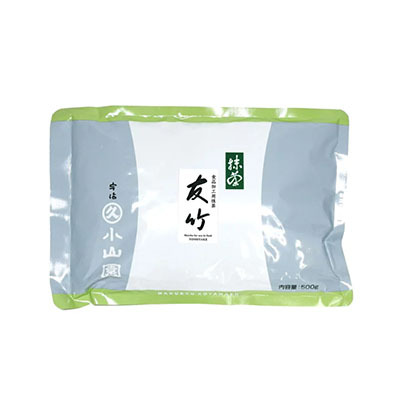
It has a harmonious fresh green color, rich and full-bodied, with a strong umami flavor. It is used in a variety of high-end products, such as premium ice cream, whipped cream, and cake batter.
- Midorigi
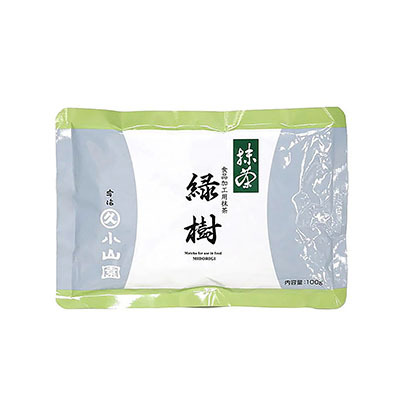
This Uji matcha from Kyoto Prefecture has a vibrant color, with a subtle balance of bitterness and umami. It is widely used in Japan and is commonly used to make ice cream. It is also often used in both Japanese and Western desserts.
- Byakuren
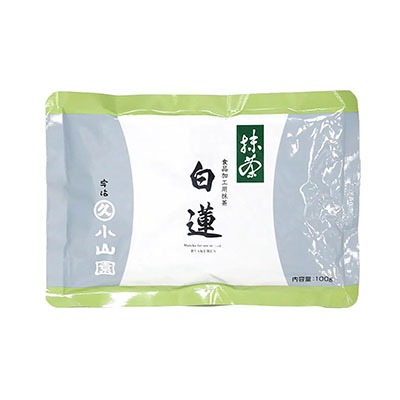
This matcha from Kyoto Prefecture has a refreshing taste, blending bitterness and aroma. Despite its vibrant color, it is widely used in dairy products like ice cream and in Japanese and Western desserts that require a firm texture. It is a stable product within the affordable Marukyu Koyamaen matcha powder range.
- Rindo
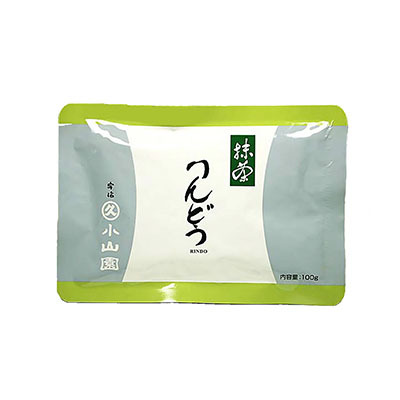
It is a popular Uji matcha with good astringency and a balanced aroma. It is widely used in ice cream and baked goods.
- Suisen
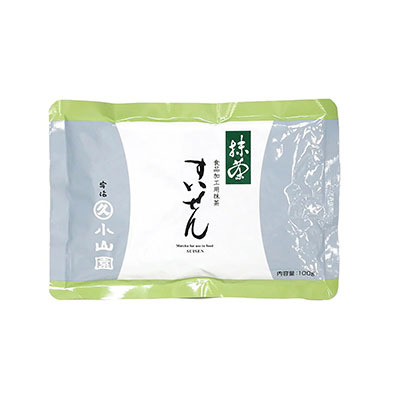
It has a slightly bitter taste, but also a strong green flavor with a balance of bitterness and sweetness. It is used in frozen desserts, baked goods, and bread dough.
- Ayame
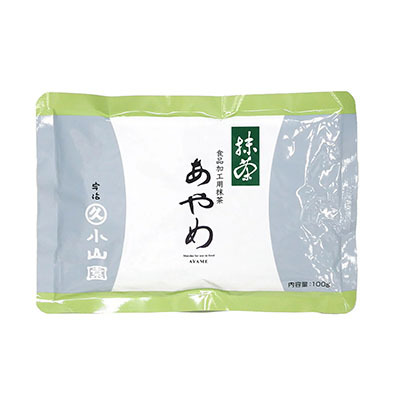
It has a refreshing aroma and a strong bitter taste. The grassy flavor is prominent, and the aftertaste is not as noticeable as higher-grade matcha. It is typically used in frozen desserts, baked goods, and bread dough. Although it doesn't have a strong aftertaste, it performs well in high-temperature baking.
Flavor: Fresh aroma with a noticeable bitterness.
Usage: High-temperature baking (cakes, bread, cookies, etc.).
- Towa
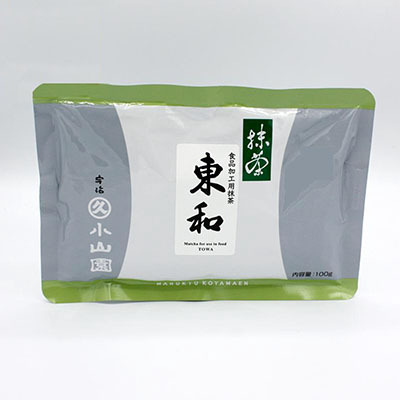
It is the lowest-grade item in the Koyamaen range, originally created for practice at Japanese confectionery schools. It has always been popular among Japanese candy wholesalers in Tokyo. Due to its strong bitterness and astringency, it is often used as an ingredient in both Japanese and Western pastries.
3. How to Choose the Right Matcha?
Price does not always determine suitability. Choosing the right matcha depends on its intended use.
- For drinking, choose at least Standard Tea Ceremony Matcha to avoid excessive bitterness.
- For baking, matcha like Wakatake (for mid-temperature baking) or Ayame (for high-temperature baking) offers the best balance of flavor and cost.
- For matcha lattes, use food-grade matcha with stronger bitterness to maintain balance when mixed with milk and sugar.
4. How to Store Matcha?
Matcha should be kept away from high temperatures, humidity, light, and surrounding odors. Generally, it can be stored in a refrigerator or a cool place. After opening, remember to tighten the easy-open can and seal the zipper bag. Bagged matcha is less suitable for long-term storage than canned matcha, so be sure to put it into an airtight container after opening. If you want to store it for a long time, you can put it in the freezer, but when you take it out for use, please wait until it reaches room temperature before opening it to avoid condensation and making the matcha damp.
In any case, we recommend that you use it as soon as possible after opening and enjoy the flavor of matcha while it is fresh.

